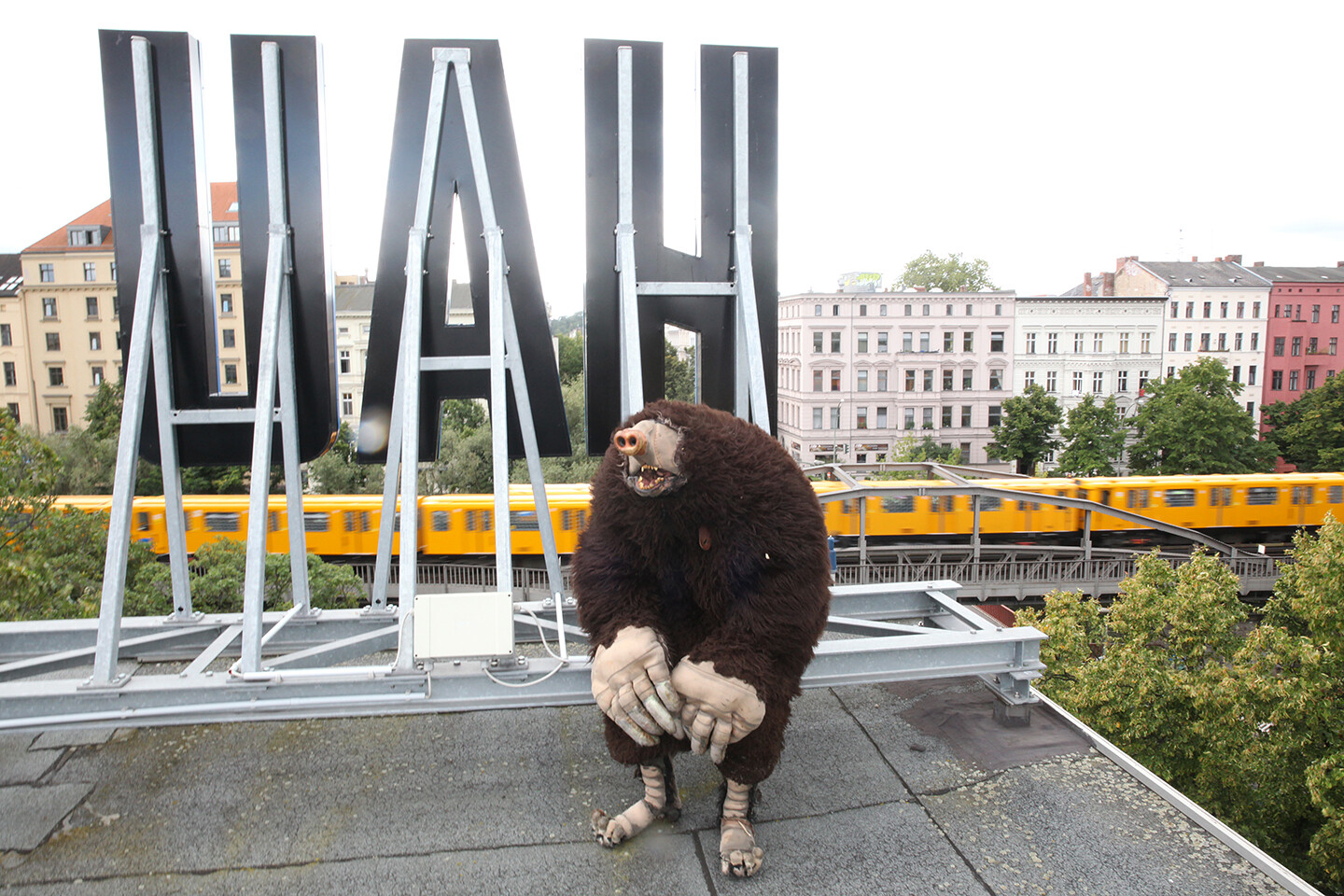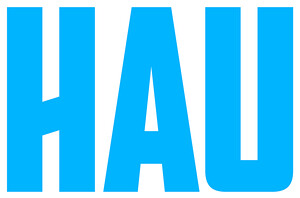Der Maulwurf macht weiter. Tiere / Politik / Performance
September 26–October 8, 2017
HAU Hebbel am Ufer
HAU1, Stresemannstr. 29, 10963 Berlin
HAU2, Hallesches Ufer 32, 10963 Berlin
HAU3, Tempelhofer Ufer 10, 10963 Berlin
T +49 30 25900427 / tickets [at] hebbel-am-ufer.de
With Frédérique Aït-Touati, Fahim Amir, Melanie Bonajo, Nicoleta Esinencu, Jack Halberstam, Higgs, Bruno Latour, Amanda Piña, Alexandra Pirici, Philippe Quesne, Cord Riechelmann, Felix Stalder, Midori Takada, Oxana Timofeeva, Myriam Van Imschoot, Sarah Vanhee, Mariana Villegas, Raluca Voinea, Daniel Zimmermann, and Zonal
Giant fluffy animals roll rocks through their cave, rejoice at the sight of earthworms, make music, and copulate. What, however, appears cute at first, goes on with a massacre and ends with psychedelic sounds. How much human is in a mole, how much mole in a human being? With its figure of the blind tunnel digger, director and artist Philippe Quesne’s last piece La Nuit des taupes (Night of the Moles) opens up a new imaginative perspective: from below, one glances upwards, from the underworld to the surface. “I want to understand,” Quesne remarks, “how to protect myself from the world and disconnect myself from it, how to think about it from below rather than above.” While moles are typically known to be solitary animals, in Quesne’s piece they build a community. And yet they are not simply allegoric figures resembling humankind. They are human and animal at once. The experimental setting of the cave raises an essential question: how can new forms of co-habitation arise from and thrive in unconventional contexts?
Evading human sight, the mole is at once present and absent. Because of its life in caves and its only visible trace, the molehill, it has often been turned into a metaphorical figure representing numerous political, literary, and theoretical ideas. For Marx, the image of the “old mole” describes a person who does not tire to undermine the system, for Kafka the “giant mole” stands for cognitive dissonance and radical subjectivity, Deleuze dismisses the mole fully and turns to the snake instead, noting that its flexibility and agility far exceeds that of the mole. In order to continue this multi-facetted history of ideas and re-investigate the co-habitation of human beings and animals, the festival The Mole keeps on Digging elaborates on the imaginary concept that human beings have drawn around the animalistic (mole) figure. In various artistic and theoretical interventions, we invite a change of perspectives and attempt to uncover a tunnel system to an alternative conception of who “we” are. Taking Quesne’s figure of the mole as a starting point, the festival The Mole Keeps on Digging focuses on a different relation between human and animal, but also questions the meaning of non-identical forms of community through theatre, performance, music, and installation.
The festival is supported within the framework of the Alliance of International Production Houses by the Federal Government Commissioner for Culture and the Media and by the Federal Agency for Civic Education.


